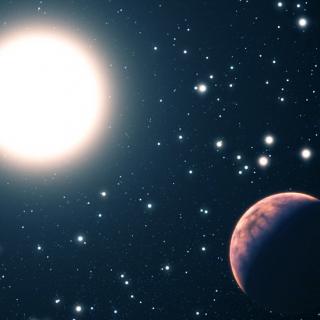Udry, S.; Mayor, M.; Israelian, G.; Sousa, S.; Santos, N. C.; Mortier, A.
Referencia bibliográfica
Astronomy and Astrophysics, Volume 551, id.A112, 5 pp.
Fecha de publicación:
3
2013
Revista
Número de citas
69
Número de citas referidas
64
Descripción
Context. It is generally accepted that the presence of a giant planet is
strongly dependent on the stellar metallicity. A stellar mass dependence
has also been investigated, but this dependence does not seem as strong
as the metallicity dependence. Even for metallicity, however, the exact
form of the correlation has not been established. Aims: In this
paper, we test several scenarios for describing the frequency of giant
planets as a function of its host parameters. We perform this test on
two volume-limited samples (from CORALIE and HARPS). Methods: By
using a Bayesian analysis, we quantitatively compared the different
scenarios. Results: We confirm that giant planet frequency is
indeed a function of metallicity. However, there is no statistical
difference between a constant or an exponential function for stars with
subsolar metallicities contrary to what has been previously stated in
the literature. The dependence on stellar mass could neither be
confirmed nor be discarded.
Full Tables 1 and 2 are only available in electronic form at the CDS via
anonymous ftp to cdsarc.u-strasbg.fr (130.79.128.5) or via http://cdsarc.u-strasbg.fr/viz-bin/qcat?J/A+A/551/A112
Proyectos relacionados

Pruebas Observacionales de los Procesos de Nucleosíntesis en el Universo
Recientemente se han llevado a cabo varios análisis espectroscópicos de estrellas con planetas. Uno de los resultados más relevantes ha sido descubrir que las estrellas con planetas son en promedio más metálicas que las estrellas del mismo tipo espectral sin planetas conocidos (Santos, Israelian & Mayor 2001, A&A, 373, 1019; 2004, A&A, 415, 1153)
Garik
Israelian